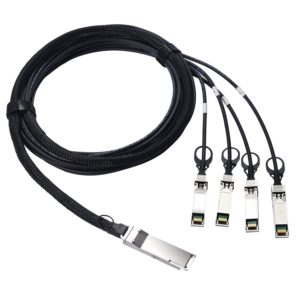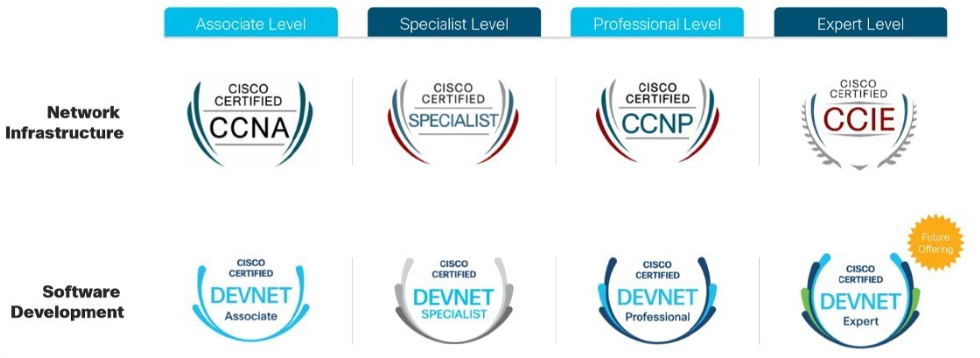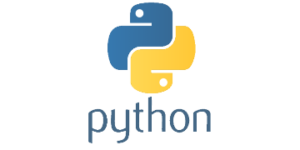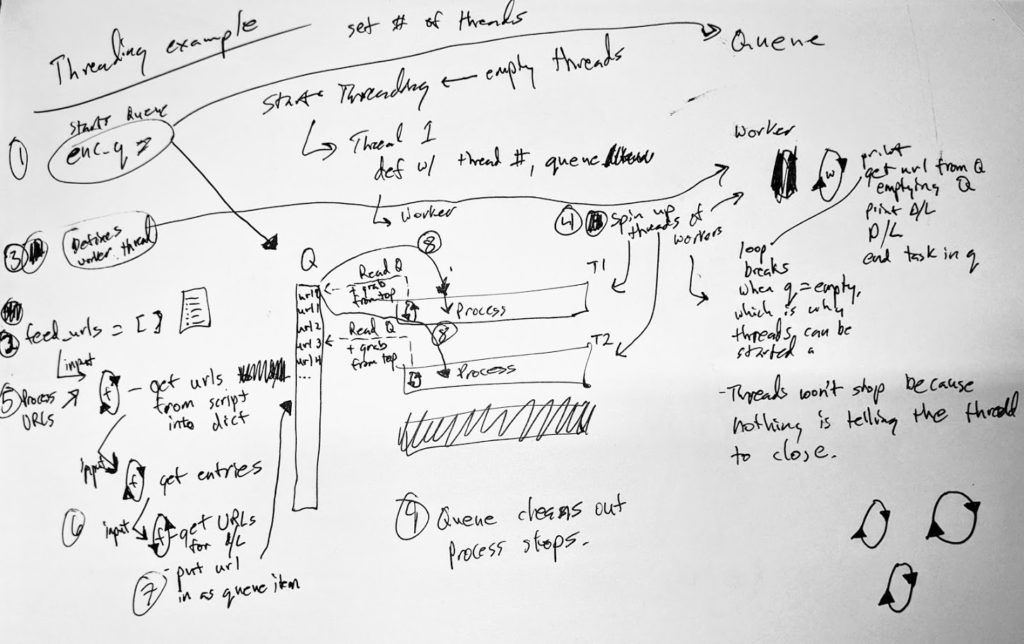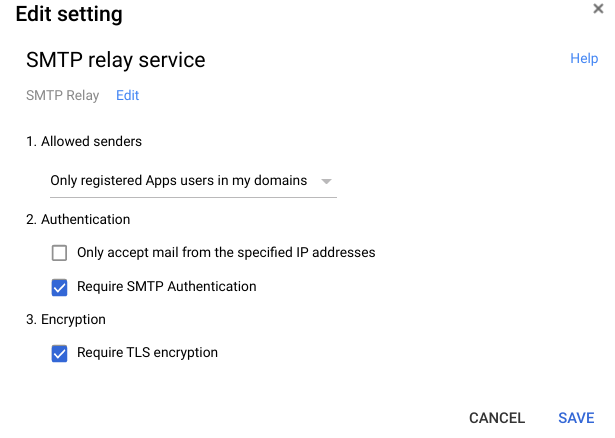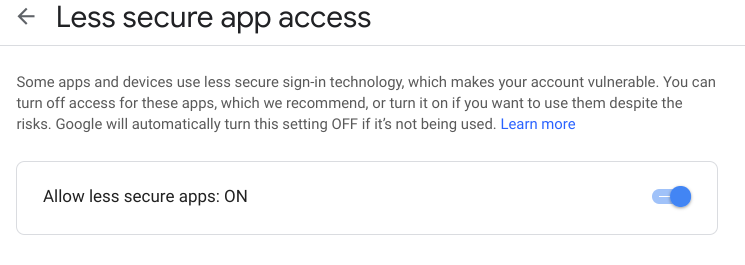A few weeks ago while helping deploy a demo Juniper EX4650 aggregation/distribution layer switch, we ran into a problem where 1 Gbps interfaces would not function correctly; i.e., 1 Gbps interfaces were missing and wouldn’t appear on the EX4650s. The issue went something like this:
- Plugged-in 1 Gbps SFP modules
- Ran
show chassis hardwareand verified SFPs were installed - Ran
show interface ge-0/0/4to check out the interface but received “error: device ge-0/0/4 not found“
Huh? Come again?
Truth be told, we were using Cisco 1 Gbps SFPs on the switch, and not having any Juniper SFPs (we never have), we chalked up the issue to this being a newer switch and Juniper not capable of supporting non-Juniper SFPs. Thus we ordered Juniper SFPs, waited for them to ship to us, and then tried again — same result.
Fast forward an evening of troubleshooting and waiting for TAC to get involved, eventually a Juniper engineer gave us the solution: we needed to channelize our ports.
Channelizing Ports on Juniper EX4650s
First off, I recommend reading the documentation from Juniper on channelizing ports on EX4650s. It’s not required for what’s below, but if you want more information about it, I recommend reading up on it.
Trivia time! EX4650-48Y-8C switches are the same hardware as QFX5120-48Y-8C, just a different OS package!
EX4650 switches come with 48 SFP+ ports that are capable of up to 25 Gbps ports, but come configured by default as 10 Gbps ports; they also come with 8 QSFP+ ports that are capable of up to 100 Gbps speeds, but can operate as 40 Gbps, or can be broken up individually into 4 channels of 25 Gbps (100 Gbps to 4-25 Gbps via breakout cables) or 4 channels of 10 Gbps (40 Gbps to 4-10 Gbps via breakout cables). Breaking them up would be done via a cable like this (there are multiple options for break out cables; this is just one) option:
If you’re not familiar with channelizing ports (I wasn’t until this), channelizing is the process of configuring interface ports to operate in different capacities. The most important thing to note about QFX5120 or EX4650 switches is that the QSFP+ uplink ports are the only ports that perform a process called auto-channelization, a process in which if you plug-in a module, the port will automatically switch between 100 Gbps and 40 Gbps (not sure if you plugged-in a 10 Gbps module if it would do this). If you wish to use the 25/10 Gbps break-out cables, you’ll need to disable auto-channelization and manually configure the ports to operate as such (that’s outside my scope here, but read the link above for more info).
Why this is so important for my issue is that on EX4650s, the 48 SFP+ ports do not perform auto-channelization! These ports, by default, come configured as 10 Gbps ports, and if you wish to use 1 or 25 Gbps modules, you have to manually configure the switches to perform this. This is exactly why the 1 Gbps modules were not appearing, because the ports were not configured to operate in 1G mode!
To configure the ports for the speed needed, here is the configuration we needed:
{master:0}[edit chassis]
jimmy@EX4650#
fpc 0 {
pic 0 {
port 0 {
speed 1G;
}
port 4 {
speed 1G;
}
port 8 {
speed 25G;
}
}
}
Under the chassis > fpc 0 > pic 0 stanzas, we configured speeds for the ports. However, note that the ports configurations above are broken up every four ports; this is because for the 48 SFP+ ports, port speeds are configured in groups of four (quads), and each quad can be 1, 10, or 25 Gbps. Here’s a visual of the quads:

Each quad is colorized above (port/quad 0, 4, 8, 12, 16, 20, 24, 28, 32, 36, 40, 44)
Therefore, in order to configure 1 Gbps interfaces on an EX4650 switch (or a QFX5120 for that matter), you need to manually set the configuration speed in the chassis configuration.
Problem solved. And Bob’s your uncle.
Some additional items that I’ve discovered in this process:
- Because the ports are configured in groups of 4, all four ports in a quad will be the same speed. You cannot configure port 1, for example, at a different speed. This makes me suspect that on the backplane side of things, each quad is really a 100 Gbps port of some kind, like the uplink ports on the right, but is channelized in some way on the backend. Maybe. Not sure. This post makes question that logic.
- Like other EX series switches, non-Juniper copper 1 Gbps modules do not work. The copper modules must be Juniper (or Juniper-coded) SFPs.
- Non-Juniper 1 Gbps optic modules do work correctly.
- The eight uplink ports on the right are configured individually, not as quads.
- Unlike older Juniper equipment, a system reboot is not required for changing port speeds.


